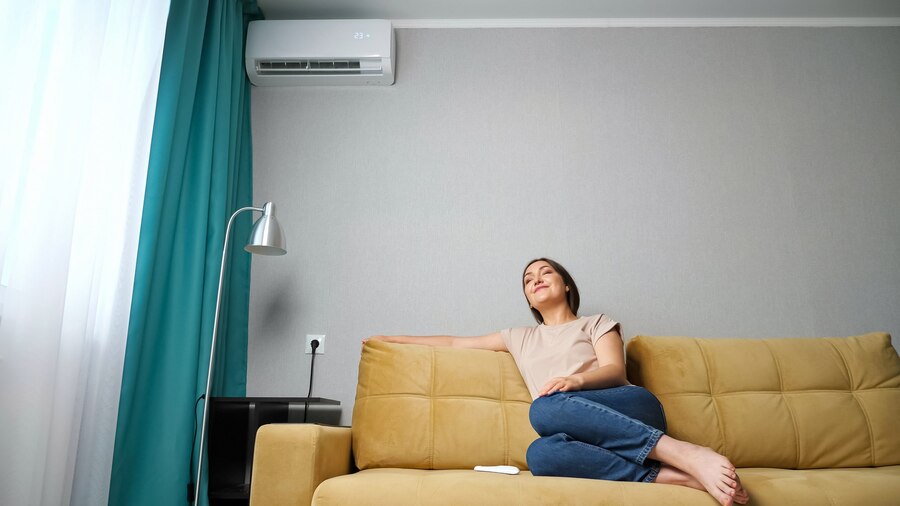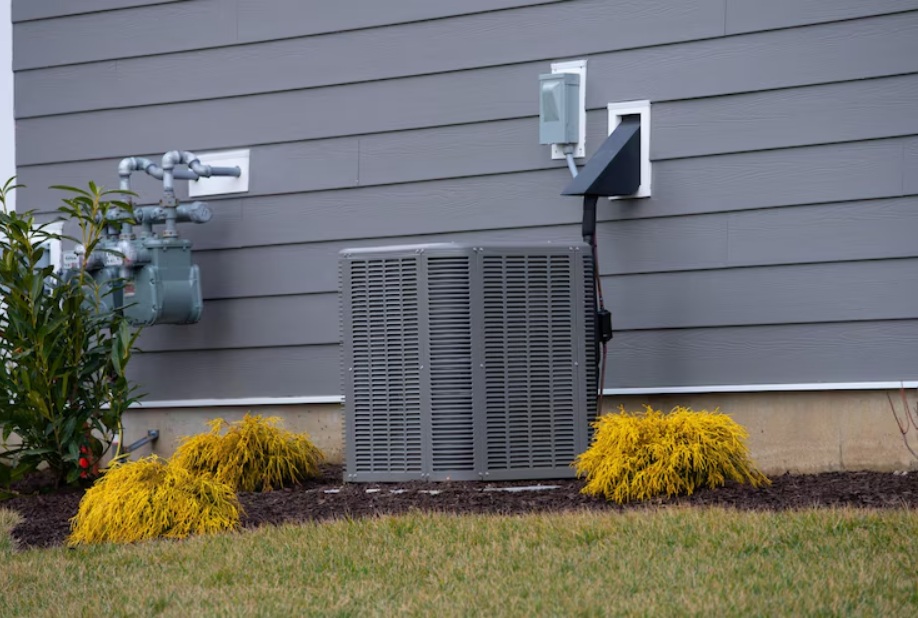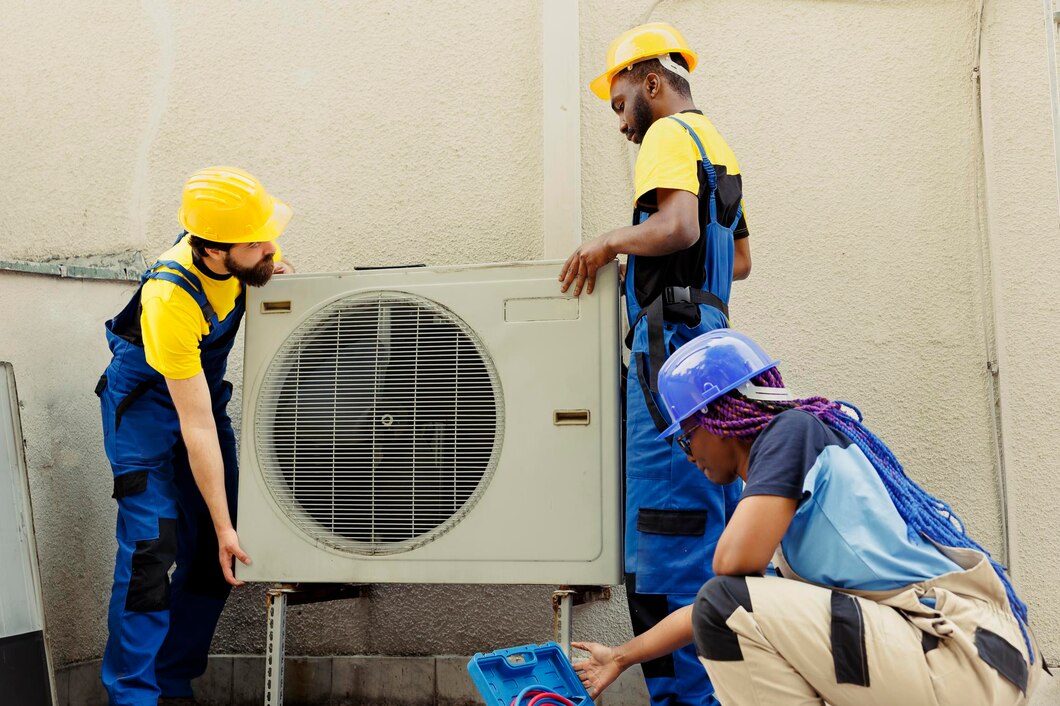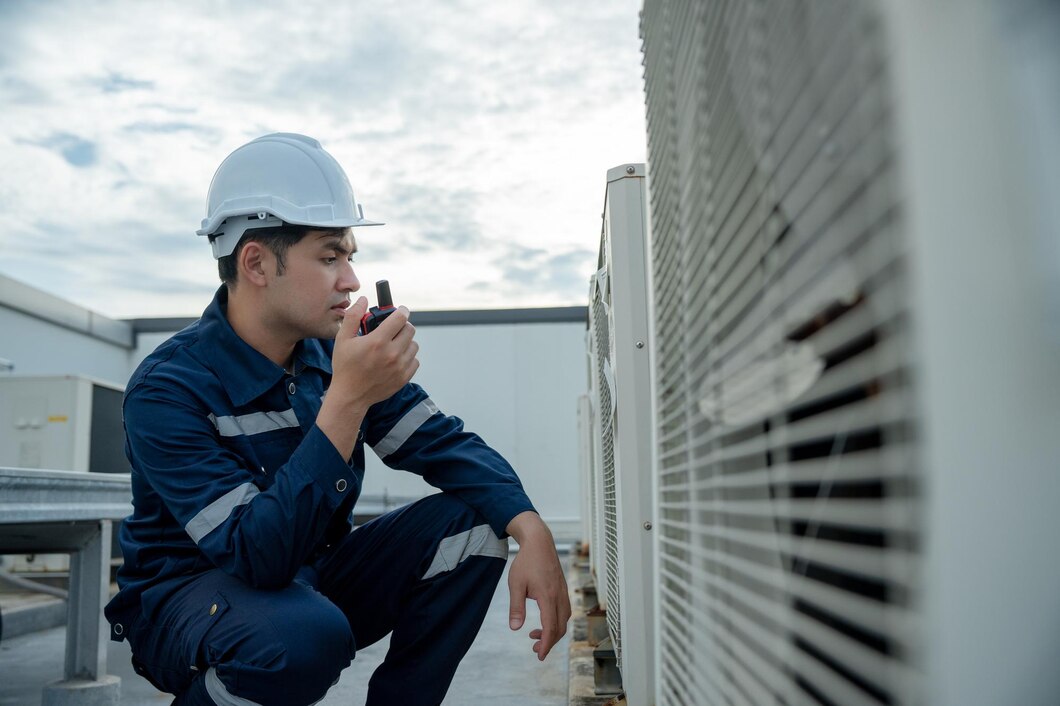Helena homeowners know that summers can feel extra uncomfortable when the humidity spikes. A working AC system is supposed to do more than just cool your home. It should also pull moisture from the air to help you feel comfortable. But when that balance breaks down, rooms feel heavy, sticky, and harder to cool down. This isn’t just inconvenient, it can also lead to other problems inside your home.
When your AC system struggles to control humidity, it often leads to reduced comfort and higher frustration. If the air feels damp even when your system is running, it’s time to take a closer look. During peak summer in Helena, AC systems are pushed to their limits, and if yours isn’t performing correctly, it may need attention. Understanding why these issues happen and what they look like is the first step toward making your home comfortable again.
Understanding AC Humidity Control Issues
Humidity control is one of the AC system’s main functions. When a system is running correctly, it pulls warm, moist air from the house, cools it down, and removes excess moisture before cycling the air back inside. That drop in humidity helps keep you from feeling sweaty or sticky indoors, even on the hottest days.
But peak summer in Helena can reveal weaknesses in how your AC handles moisture. If hot and humid air gets trapped inside your home and your system can’t keep up, it starts to hold more moisture than it should. When that happens, your comfort level drops and your system has to work harder than necessary.
Humidity control issues often mean your AC isn’t removing enough water vapor from the indoor air. This can be due to age, overuse, or imbalanced system components. If parts of your system are underperforming, such as the evaporator coil or thermostat, it can prevent the AC from dehumidifying properly. And when outdoor humidity rises fast, your system has even more work cut out for it.
In some cases, the design or settings of the system may be wrong for the size or layout of your home. For example, if the unit is too large, it might cool the space too fast without running long enough to pull moisture out of the air. On the other hand, if it’s too small, it may run constantly and still fall short. Either outcome causes discomfort and can also raise your electricity bill.
Common Signs Your AC Isn’t Controlling Humidity Properly
Humidity control issues show themselves in a few noticeable ways. If you’re experiencing any of the following symptoms, your AC unit may be struggling to manage indoor moisture:
– Clammy air: Rooms feel damp or sticky, even when the temperature seems right
– Musty smells: Persistent odors can point to trapped moisture or mold beginning to grow
– Foggy windows: Condensation on the inside of windows signals high indoor humidity
– Mold or mildew spots: Black or green growth around vents or baseboards is often linked to too much unwanted moisture
– Discomfort despite cooling: The thermostat says it’s cool, but the air still feels thick and heavy
One common example is when your living room feels fine in the morning but becomes muggy by mid-afternoon, even though the AC is running. That shift can mean humidity control issues are getting worse as outdoor conditions heat up.
It’s easy to confuse humidity issues with regular cooling problems, but if your home’s cool and still uncomfortable, indoor moisture might be the issue. Paying attention to how the air feels, instead of relying only on the thermostat, can help you catch these problems earlier on. Ignoring these signs may lead to mold, poor air quality, and persistent discomfort.
Common Causes of AC Humidity Control Issues
When your AC doesn’t manage humidity well, there’s usually a mechanical or design-related cause. During Helena’s peak summer, your system must work against extreme heat and high moisture. If it isn’t correctly installed or maintained, that extra pressure can lead to humidity buildup in your home.
Common causes include:
– Oversized AC units: A system that’s too big cools the area too quickly and shuts off before it can remove enough moisture from the air
– Undersized units: A smaller unit may run nonstop and still not manage to catch up to the heat and humidity in the home
– Dirty or clogged filters: Filters that haven’t been cleaned can block airflow, limiting both cooling and dehumidifying capability
– Poor maintenance history: Without frequent maintenance, parts like evaporator coils or fans can collect dirt and lose performance
– Inadequate airflow: Blocked or restricted ducts reduce the amount of air the system can circulate, weakening humidity control
Just one issue can create a noticeable rise in indoor humidity, but a combination may cause a bigger ongoing problem. For example, a clogged filter in an oversized unit might still allow for some cooling, but your home will get more humid, especially as the day gets hotter outside. Knowing what’s behind the issue is key to correcting it with the right steps.
How Our Professionals Handle Humidity Control Repairs
Fixing an AC humidity problem requires more than tweaking the thermostat setting. When our professionals visit your home, they use a focused checklist to find the source of the issue and restore comfort efficiently.
A standard repair visit might include:
1. System performance check: Observing how long the system runs and how efficiently it moves air
2. Filter inspection: Changing dirty filters that lower airflow and performance
3. Evaporator coil cleaning: Removing dirt from coils for better heat absorption and moisture removal
4. Refrigerant level evaluation: Correcting refrigerant issues that may interrupt proper cooling and dehumidifying
5. Airflow assessment: Measuring air movement at vents and through ducts to ensure balanced delivery
6. Thermostat and control settings review: Verifying that settings allow for proper cycling to manage humidity
Our technicians aim to fix the direct problem and catch any connected maintenance concerns. In many Helena homes, the solution may be simple maintenance or a tune-up, but identifying potential future concerns can help prevent a more expensive fix later on. In some cases, we recommend adjusting system setup or airflow patterns to improve performance.
Preventative maintenance also helps avoid seasonal humidity problems. When your AC is cleaned and inspected regularly, it is better equipped to keep up with summer heat, reducing humidity-related wear on the system and keeping your home more comfortable.
Staying Comfortable in Helena’s Peak Summer
Summer humidity in Helena makes it harder for improperly functioning AC systems to work well. If your home feels sticky, musty, or clammy, the source may lie in how your system manages moisture. The longer you wait to address these issues, the more likely they are to grow—not just in discomfort, but in damage to air quality, furniture, and interior surfaces.
Reliable comfort depends on two things: proper system operation and regular service. If your AC unit is the right size, configured correctly, and well-maintained, it can stand up against intense summer conditions. When something feels wrong with your home’s air, it’s time to schedule an inspection.
By resolving humidity control issues early, you protect your home, reduce the strain on your AC unit, and improve daily quality of life indoors. Helena residents who are dealing with any of these signs should get ahead of the problem before it affects health and home integrity.
Standard Heating, Cooling & Plumbing knows how quickly discomfort can take over when your cooling system isn’t pulling excess moisture from the air. If you’ve noticed persistent humidity, it may be time to consider professional AC repair in Helena to get your system back to peak performance. For a quick estimate or to book a service visit, please contact us today.




